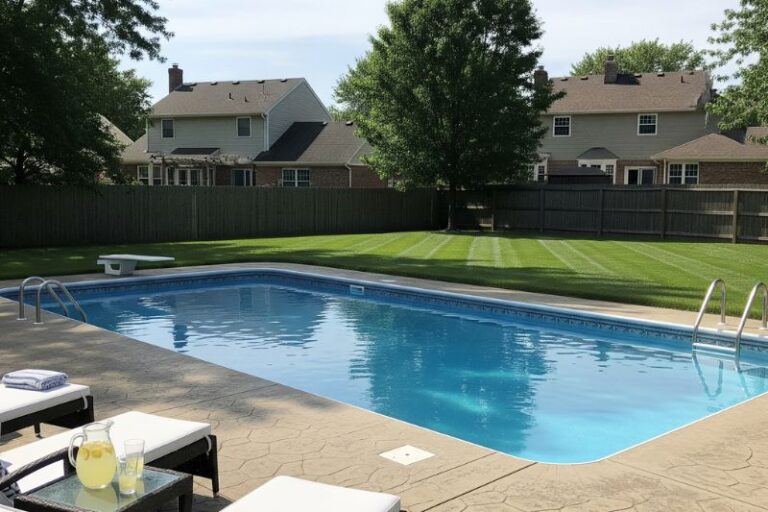It began quietly, as most mysteries do. A homeowner called me, voice heavy with frustration, insisting they had done everything right. Yet their salt cell had quit on them, leaving the pool water dull and tired. I arrived ready to investigate.
Here’s how the case unfolded.
Chapter One: The Clues
The homeowner met me by the pool, shoulders slumped and arms crossed.
“My salt system just stopped making chlorine,” they said. “I clean it sometimes, I check the water, and I even replaced the cell last year. I don’t get it.”
I crouched down and peered into the water. The surface looked flat and lifeless. When I opened the control box, a tiny light blinked red. There it was, our first clue.
Clue number one: The control box showed high salt levels. Too high.
Clue number two: The cell was caked with white crust even though the owner claimed it was clean.
Clue number three: The water test showed low stabilizer and a pH that was climbing.
This was no random failure. The salt cell had been calling for help for weeks, maybe longer, and no one listened.
Chapter Two: The Interrogation
We sat by the pump, and I began asking questions.
“When you clean the cell, how do you do it?”
“I hose it off every few weeks,” they said.
“Do you soak it in an acid solution when needed?”
“…No. Should I?”
There it was. Calcium deposits had been building up like a secret, smothering the cell’s plates.
Next question: “When do you test your salt levels?”
“I check it once in a while, but I just pour in a bag when it seems low.”
Wrong again. Too much salt can damage the system just as badly as too little.
“And the stabilizer? Do you test that?”
“Never heard of it.”
The pieces were falling into place. They assumed that the salt system was a magic solution that needed no real attention. But even magic has rules.
Chapter Three: The Crime Scene
We opened the cell and inspected the plates together. A thick layer of scale covered the metal, choking it like ivy on a fence. The control box was sticky with dust and moisture, wires slightly corroded.
The water test showed that the salt level was over 4,000 ppm, far above the recommended range. Stabilizer was nearly nonexistent, which meant the chlorine that was produced didn’t last long in the sun. And the pH was slowly climbing because no acid had been added in weeks.
They thought they were maintaining it. They weren’t. The clues were all there.
Chapter Four: The Resolution
We got to work immediately.
We cleaned the cell properly. Soaked it in a diluted acid bath to remove the stubborn scale. We vacuumed the pool and balanced the water chemistry. We reduced the salt level with some partial draining and added stabilizer to help the chlorine stick around. The pH was adjusted back to safe levels.
We also opened the control box, wiped it down, and tightened the corroding connections. The homeowner took notes the entire time.
By the time we finished, the cell hummed back to life, glowing green instead of red. The water sparkled with relief.
Case Closed
The homeowner looked at me, a mix of guilt and gratitude on their face.
“I thought the salt system did everything,” they admitted.
“That’s the trick,” I said. “It does a lot, but it still needs you.”
The lesson was clear. Even salt systems, as convenient as they are, require regular care. You cannot just pour in some salt and walk away. You have to watch the levels, clean the cell, and respect the chemistry.
Lessons Learned Checklist:
- Test salt levels monthly and keep them in the manufacturer’s recommended range.
- Clean the salt cell thoroughly when scale starts to appear.
- Always test and adjust stabilizer so chlorine lasts longer.
- Keep pH balanced to prevent scaling and inefficiency.
- Inspect the control box for corrosion and moisture.
- Do not overfeed the pool with salt just because the system seems sluggish.
When the salt cell failed, it wasn’t sudden. It was a slow slide, a buildup of ignored details and misunderstood maintenance. But once the homeowner learned how to spot the signs, they became the kind of detective who doesn’t miss a clue.
Your pool has a story to tell. Pay attention before the clues turn into a crime scene.




